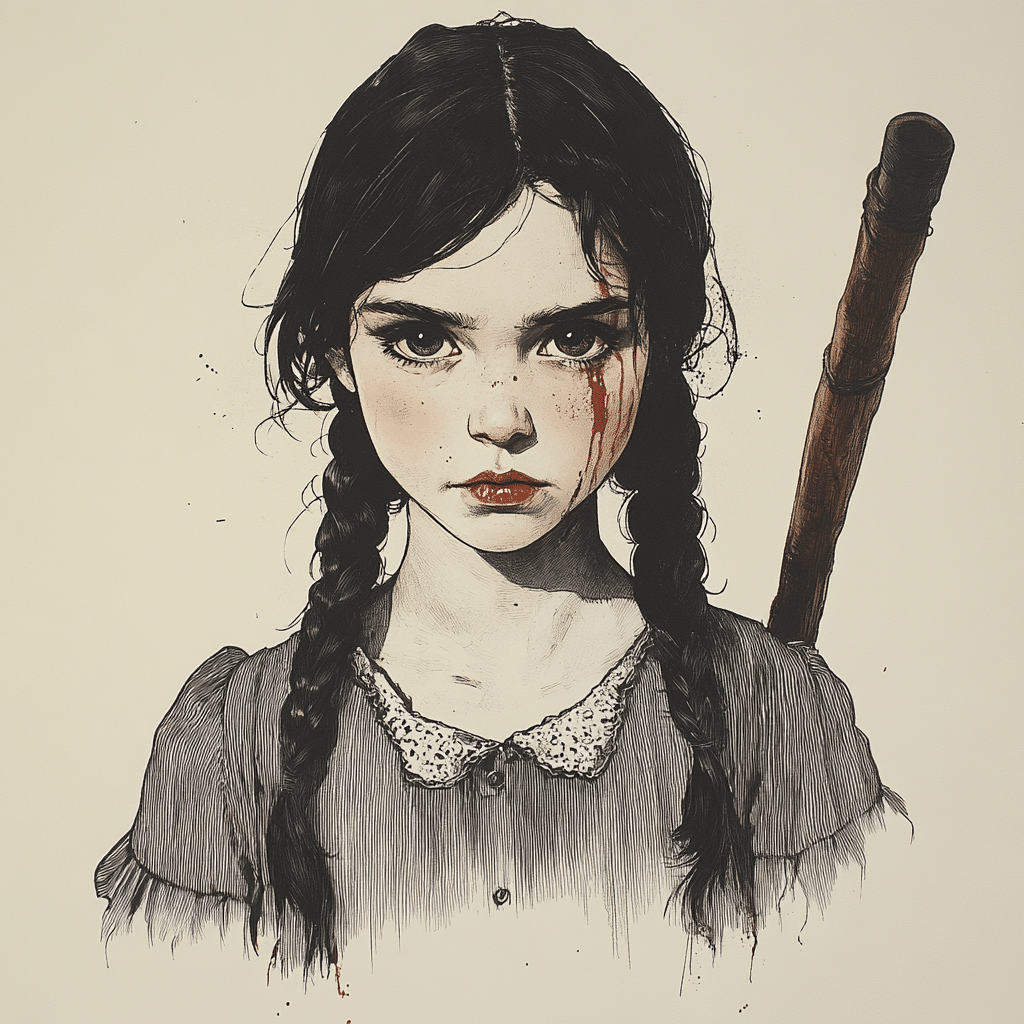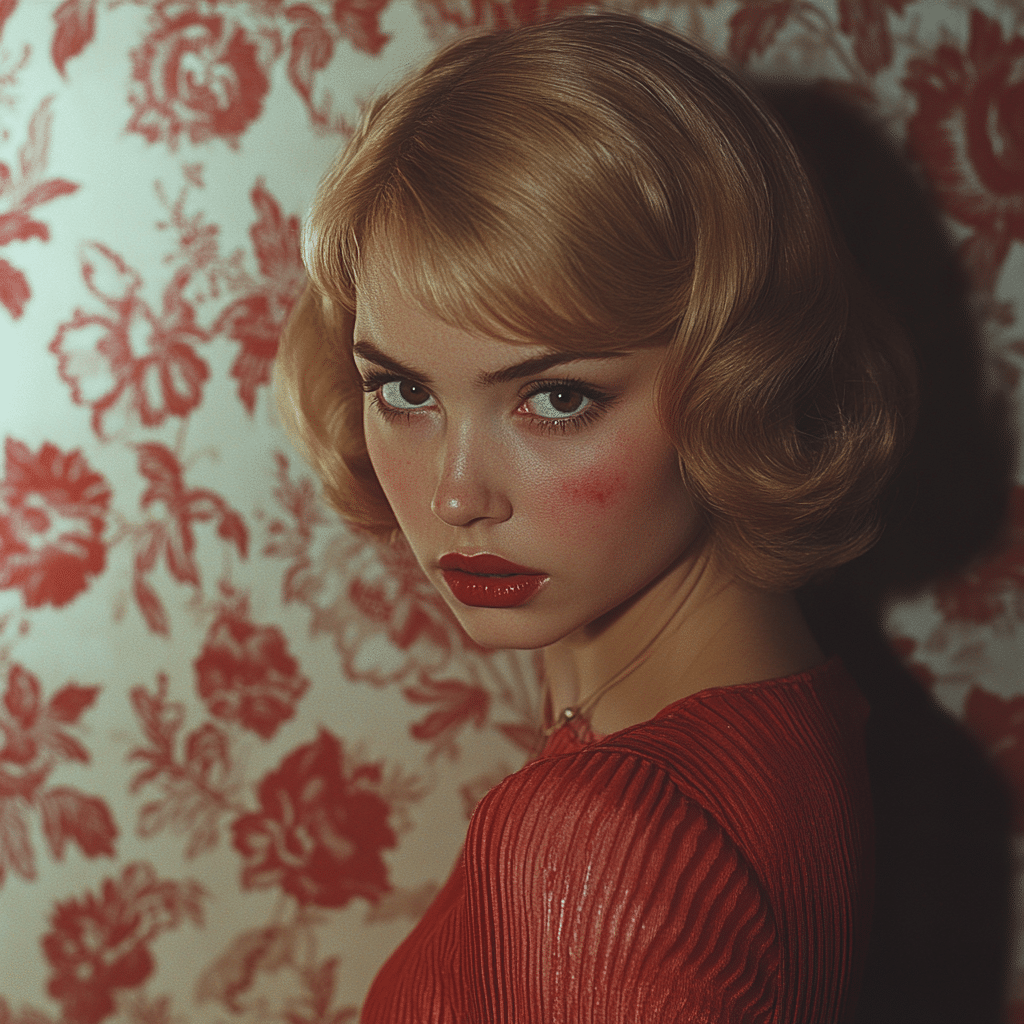
The chilling tales of female serial killers have always intrigued society, blending horror with a deep dive into the human psyche. These women have not only committed heinous acts but also sparked discussions about gender roles, power, and morality. This exploration shines a light on a few notorious female serial killers, chronicling their stories, motivations, and the cultural impacts they’ve left behind.

Top 7 Female Serial Killers Who Captivated the World
1. Aileen Wuornos: The ‘Monster’ Who Became an Icon
Aileen Wuornos became notorious for her crimes committed across Florida in the early 1990s. Once a prostitute, Wuornos claimed her victims attacked her first, transforming her narrative into one of survival against male aggression. The film Monster, featuring a haunting performance by Charlize Theron, painted her as a tragic figure, sparking debates about consent and societal failure.
Wuornos’s story resonates deeply, as it exposes the vicious cycle of abuse that many women face. Critics argue that her actions could be a reflection of the violence ingrained in her experiences, prompting discussions about victimhood and culpability. She became a symbol of twisted survival, creating an ongoing discourse about the criminal justice system’s treatment of women in similar predicaments.
The legacy of Wuornos transcends her brutal acts, feeding a fascination with how society often produces “monsters.” Her life raises questions: do societal failings create such individuals? By portraying her struggles, Monster reinforces the need for deeper understanding and empathy toward those who have been marginalized.
2. Elizabeth Báthory: The Countess of Blood
Often cited as one of the most infamous female figures in history, Elizabeth Báthory, dubbed the Blood Countess, purportedly tortured and killed young girls in the late 16th and early 17th centuries. Rumor had it that she believed bathtime in their blood offered eternal youth, creating a myth that still haunts our collective consciousness. This story reflects deep societal fears about powerful women who defy patriarchal expectations.
Báthory’s life continues to inspire literature and film, often depicting her as both a seductress and a villain. Her story has evolved into an archetype that combines the ideas of feminine power and the monstrous, illustrating how society perceives female agency. These narratives compel us to reconsider the historical context in which they unfold and how they shape modern interpretations of femininity and violence.
Within the arts, Báthory’s legacy lives on, influencing character development in various genres. She exemplifies how myth-making can alter perceptions of historical figures, turning them into powerful symbols of fear and fascination.
3. Belle Gunness: The Black Widow
Belle Gunness, often labeled the Black Widow, operated in the United States during the early 1900s, allegedly murdering up to 40 suitors and children. Through personal ads, she drew unsuspecting men to her farm, where many vanished without a trace. The chilling nature of these crimes feeds into a widespread fear: what if love can be a deadly trap?
Gunness’s cunning and seductive prowess turned the narrative around female sexuality upside-down, challenging typical gender roles. She embodies the “femme fatale” archetype that manipulates men for her gain. Hollywood and independent filmmakers alike continue to explore Gunness’s story as an enticing mix of horror and intrigue, emphasizing the darker side of love and trust.
The cultural impact of Gunness echoes in stories today, revealing how society often sensationalizes women’s roles in crime. Despite the horrific nature of her actions, Gunness elicits both fear and fascination, making her an enduring figure in crime folklore.
4. Kathy Boudin: A Different Kind of Killer
Kathy Boudin is remembered not as a traditional serial killer, but as an individual involved in the infamous Brink’s robbery in 1981, resulting in multiple deaths. Boudin’s case exemplifies how social and political conditions can lead individuals—especially women—into extreme violence. Her participation raises complex questions about morality and individual choice within the framework of social movements.
Boudin’s story challenges the classification of “killer.” While her actions may not fit the standard definition, examining the circumstances around her life offers broader insights into how societal pressures can pivot individuals toward violence. It invites discussions about culpability, questioning the distinction between criminal behavior and social activism gone awry.
In exploring narratives like Boudin’s, filmmakers can challenge traditional portrayals of women in crime, revealing deep societal issues linked to uprisings and rebellion. She provides a unique lens through which to examine the intersection of gender, violence, and time.
5. Dorothea Puente: The Caretaker with a Fatal Twist
Operating a boarding house in Sacramento during the 1980s, Dorothea Puente murdered several elderly tenants to steal their social security checks. Her story flips stereotypes of the nurturing caregiver, exposing a grim side of trust and vulnerability in society. It invokes discussions about the darker motives that can lurk beneath a seemingly innocent facade.
Puente’s chilling acts compel us to question the inherent trust we place in caregivers. The complexities of her psyche continue fascinating investigators and filmmakers, leading to further explorations of why women like her might commit such betrayal. She serves as a poignant reminder that the elderly, often seen as safe and harmless, can also be victims of exploitation and violence.
Puente’s narrative also encapsulates themes of greed and manipulation, revealing how desperation can morph into committed crime. Modern media, such as true crime podcasts and documentaries, keep her story alive, demonstrating the continued fascination with deceit that hides in plain sight.
6. Nannie Doss: The Giggling Granny
Known as the ‘Giggling Granny,’ Nannie Doss killed multiple husbands and family members while embracing the persona of a demure grandmother. Her ability to mask her true nature highlights the role of societal expectations in understanding women. Doss’s story weaves together elements of domestic violence and the often-unrecognized dark motivations hiding within the nurturing archetype.
Doss’s case illustrates the complexities of womanhood and the ways women can manipulate those around them. Her tale forces society to confront how easily perceptions can be skewed when a woman’s behavior contradicts societal Norms. By appearing sweet and innocent, she turned heads and quickly faded into a chilling true-crime legend.
Modern portrayals of Doss continue to raise discussions about the nature of evil—how it can thrive behind a commonplace facade. Filmmakers often portray her as both victim and villain, embodying the complexities of female identity and the duality of gentleness and malice.
7. Jodie Arias: A Media Sensation
Jodie Arias became a household name through her tumultuous trial for the murder of ex-boyfriend Travis Alexander. Her story captivated the public, fueled by sensationalism and her dramatic courtroom appearances. The case raised significant discussions about the “femme fatale” archetype, exploring how female killers often attract a different type of media scrutiny compared to their male counterparts.
Arias’s shifting narratives during the trial captivated audiences and highlighted how media representations can shape public perceptions. Her story serves as a reflection of broader societal anxieties surrounding intimate relationships, jealousy, and violence. This twisted love story continues to inspire documentaries and discussions, cementing her as a controversial figure in the landscape of true crime.
The cultural impact of Arias’s trial demonstrates how deeply the media can entwine itself with crime narratives, often transforming the subject into a figure of intrigue and horror. This ongoing fascination encourages filmmakers and content creators to explore themes of love, betrayal, and the complexities of relationships.

The Cultural Impact of Female Serial Killers
Female serial killers consistently challenge societal norms and expectations, provoking deep discussions about gender roles, violence, and morality. These women embody an intricate blend of femininity and monstrosity, forcing audiences to reckon with unsettling truths related to power dynamics, manipulation, and victimization.
Their chilling tales inspire endless fascination through books, films, and television shows, presenting women as both terrifying and captivating figures. This duality often reflects deeper societal anxieties tied to female agency and how notions of class and power manifest in violent ways. The portrayal of female killers shifts across time; some become vilified, while others elicit sympathy—creating a landscape that keeps audiences questioning their perceptions.
As cultural conversations evolve, the narratives surrounding female serial killers continue to morph. These stories remind us that behind every sensational headline lies a tangled web of motives, societal pressures, and psychological struggles. By probing deeper into these narratives, we remain vigilant of the complexity within the stories we tell and the behaviors we scrutinize.
In conclusion, female serial killers compel us to confront our fears and fascinations. Their lives invoke a broad spectrum of emotions, intertwining horror with a lingering sense of intrigue. As we journey through the dark stories of these women, it’s vital to acknowledge the broader societal context—keeping our exploration nuanced, thoughtful, and grounded in understanding.
Female Serial Killers: Fascinating Trivia and Facts
The Allure of Female Serial Killers
Did you know that female serial killers have some of the most intriguing stories? Often, they’re linked to a variety of motives, from revenge to financial gain. For instance, Aileen Wuornos, one of the most infamous female serial killers, claimed each of her victims was a sexual predator. This idea challenges our perceptions of violence and femininity. It’s almost as curious as discovering pictures of Taylor Swift stirring up fan theories about her music career! Both showcase how society loves to analyze the complex layers behind those in the spotlight.
These killers often use charm to lure their victims, which raises an interesting point: how societal roles shape our understanding of gender and crime. One killer, Nannie Doss, known as the “Giggling Granny,” had a knack for disguising her murderous nature behind a façade of sweetness, much like a dusty rose that looks beautiful but can have thorns. The fascination lies in the stark contrast between their gentile appearances and heinous acts, an irony that has captivated audiences across generations.
Fascinating Facts and Figures
Interestingly, studies show that female serial killers are typically less prevalent than their male counterparts, yet their motives can be just as chilling. Some stats reveal that female killers make up around 15% of all serial homicides. For those trying to wrap their heads around the numbers, converting figures like 1 kilogram To Pounds can be as shocking as realizing the death toll many of these women cause! It emphasizes how we sometimes overlook the deadly impact of females in crime, which adds a potent layer to the narrative of female serial killers.
Another captivating aspect is that many of these women engage in “team killings.” Some notorious duos worked together, making their crimes all the more shocking. It’s as if they were adventurers in an out of the box narrative, breaking the mold of typical serial killers. They mix their dark deeds with an almost playful spontaneity, much like those who enjoy bottomless brunch—a setting where laughter and revelry cloud serious undertones. When you think about it, the psychology behind such pairs offers insights into their dynamic and societal pressures.
The Cultural Impact
The culture surrounding female serial killers is rich and complex. They often find themselves depicted in films, books, and documentaries, which can either sensationalize or humanize their stories. For example, characters like Harley Quinn in recent adaptations pull elements from real-life cases, drawing parallels between fiction and chilling reality. And let’s not forget Zhenwei Wang, whose real-life skills have inspired awe, reminding us that people can embody dual natures—both dark and charming.
Moreover, the fascination continues with shows featuring characters like Luffy Gear 5 from popular anime, where protagonists often grapple with morality, much like real female serial killers who operate in shades of gray. All this makes us ponder why we find ourselves so captivated by these stories. Are we drawn to the thrill of danger, the quest for understanding, or perhaps something deeper? Whatever the case, the tales of female serial killers are compelling, inviting us to explore the essence of humanity—flaws and all.










